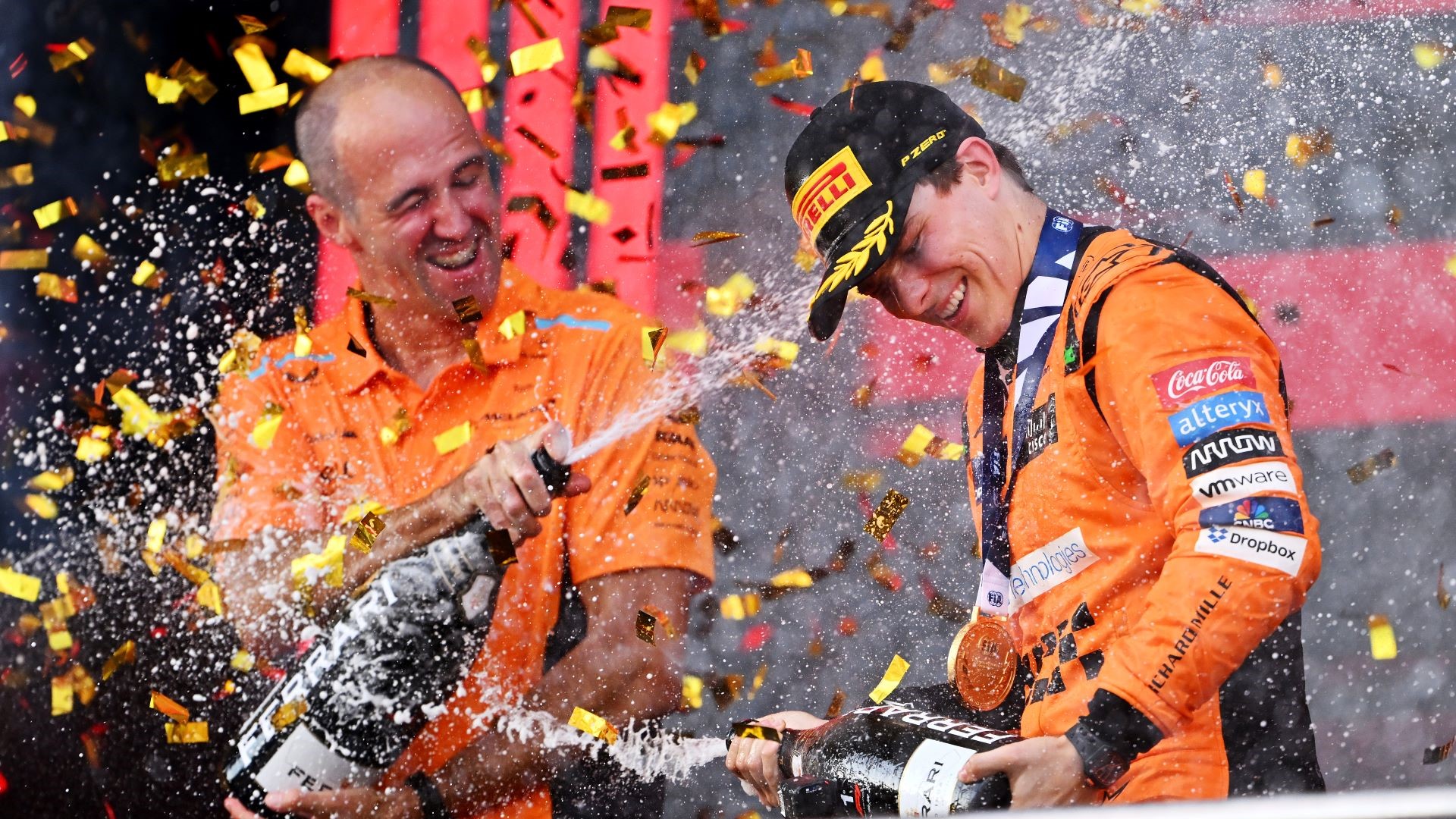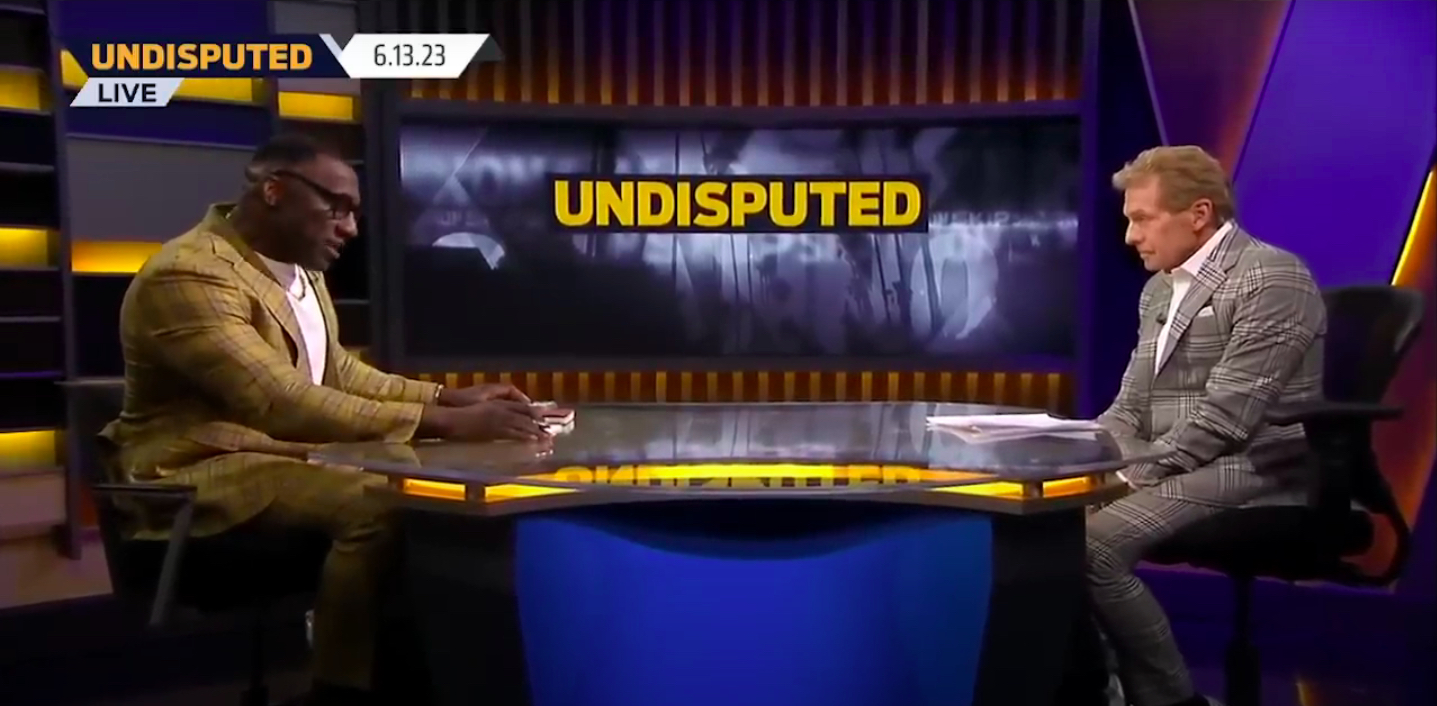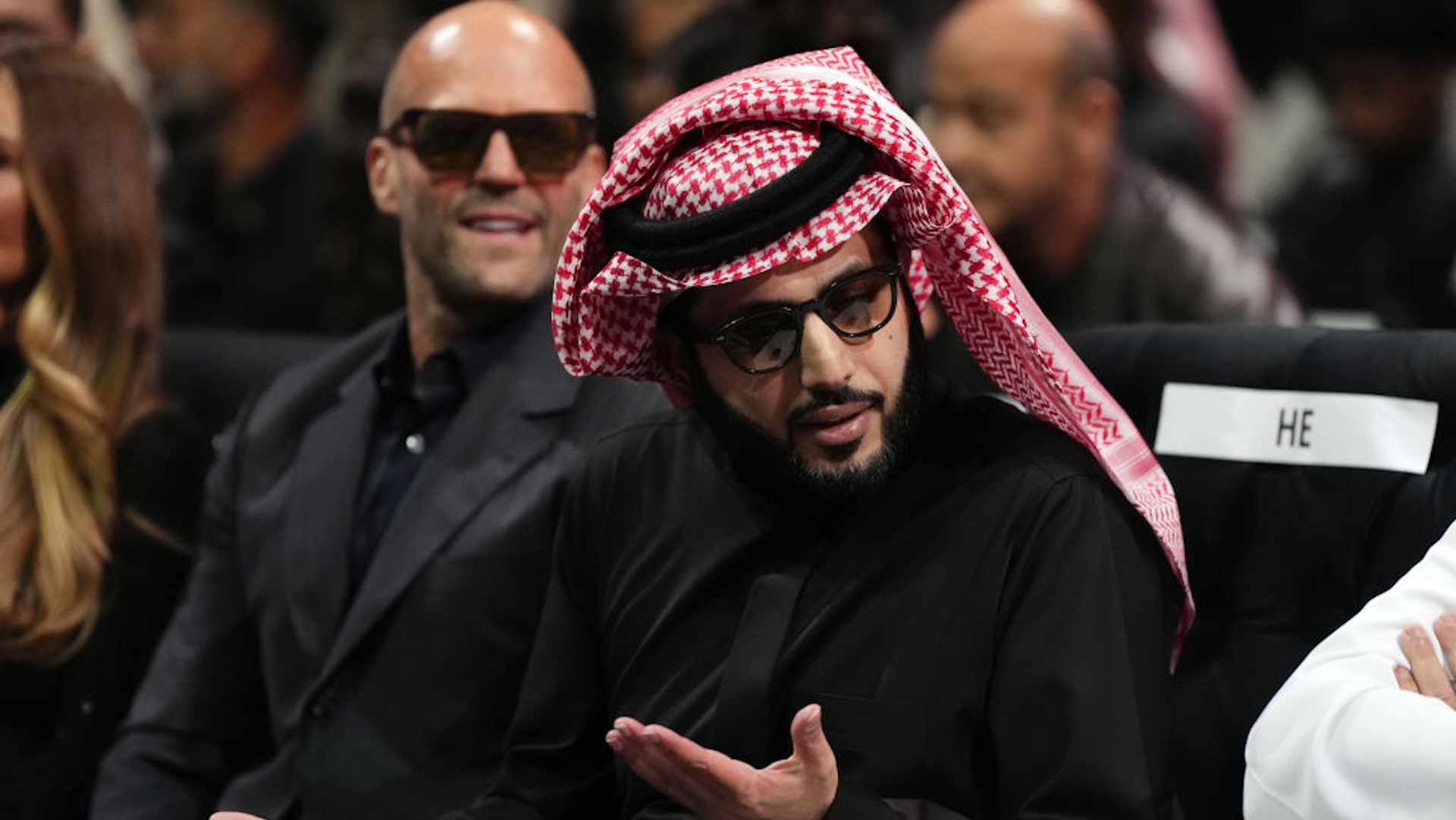If Lando Norris wanted a defense for his pole-to-win conversion rate in 2024, he can point to Charles Leclerc. Leclerc has gotten every single pole at the Azerbaijan Grand Prix since 2021, including this year's, and has converted none of them. Baku was Leclerc's race to lose on Sunday, and lose it he did, though not through the traditional Ferrari methodology of engine explosions, egregious strategy calls, or things of that nature. The race was a war of attrition that was, somehow, still won by the first pit stop.
But for all the pre-race chitter chatter about McLaren favoring Norris in team orders, a disastrous qualifying performance meant that Norris's chances at a win were infinitesimally low. Instead, it was his teammate, Oscar Piastri, who started P2. Leclerc pulled off the line cleanly, and quickly built a six-second gap to Piastri. But with the medium tires degrading quickly, the undercut became extremely powerful. Sergio Pérez—who, in spite of a horrible 2024, could be a zombie and still get a podium finish at Baku—was the earliest frontrunner to pit. He came out just behind Norris, who started P15 and was accordingly running a different strategy.
This wound up being McLaren's saving grace. The team was slow reacting after Pérez pitted, perhaps underestimating the severity of Piastri's tire degradation, and failed to cover him off. So it was Norris who was asked over the radio if he could please hold up Pérez without compromising his own race. Norris responded, "Yes, yes," in the way he commonly sounds over the radio: flat, somewhat aggrieved, and unobliging. But he held up his end of the bargain. The proof was in Pérez's own realization over the radio: "Yeah, he's [censored expletive, likely fucking] holding me." Norris was a sitting duck as Pérez entered the DRS zone on the straight-finish straight, but he had done just enough—Piastri exited the pits just one second in front of Pérez.
Leclerc pitted one lap after Piastri and provided some full context as to how much time Norris may have bought. When Leclerc exited the pits, the six-second separation had shrunk to just more than two seconds and the length of Alexander Albon's Williams. Before Leclerc even finished his out lap, Piastri was within two seconds. By the time Piastri made it past Albon the lap after, he was just 1.2 seconds behind Leclerc.
But pinning it all on the Ferrari strategy call would do an egregious disservice to Piastri, who, on lap 20 of the race, pulled off one of the best moves in modern F1. You have to see it to believe it: Coming out of the final turn, Piastri was over .8 seconds behind Leclerc. He rocketed down the straight at more than 210 miles per hour. Going into the corner, Piastri was over a car's length behind Leclerc, and he simply ... didn't brake. There's late braking, and then there's what Piastri did. The thought of defending didn't cross Leclerc's mind, and it's hard to fully blame him—Piastri executed a move that usually winds up with a car rocketing off track, and he did it without even a lock up. Half a mistake, and Leclerc would've taken back the lead in the next corner. Piastri maintained his place.
So often in modern F1, a car immediately pulls away after making an overtake. This wasn't that sort of race; these weren't those sorts of drivers. In the dirty air, Leclerc clung to Piastri's tail for 26 laps, while Pérez clung to his. But without a massive separation in tire age or straight-line speed, overtaking proved difficult, even with DRS. Norris provided a case study before his pit stop. He couldn't pass Albon—incidentally on the same strategy—until McLaren falsely called for Norris to box over the radio, and baited Albon into the pits; even on old hards, Norris was able to maintain his place over Max Verstappen. This gives more context for Piastri's fearless overtake; wait another lap or two, and it might've been too late.
That's not to discredit Piastri's defense. He still had to fend off Leclerc about every other lap, and in the process he found the secret: Cover off the inside of turn one, and it's nearly impossible to overtake around the outside. Once Piastri found what worked, he stuck with it, aided by how kind the McLaren car was on the hard tires. Norris almost looked like he could make it to the end of the race without a pit stop. (He eventually had to pit for medium tires, per F1 race regulations. Still, he, no doubt imagining Andrea Stella over his radio saying "zero wheelspin on every exit," had a very impressive second stint and made up the nearly 15 second gap to Verstappen in the 13 laps he was allowed.)
With five laps to go, Leclerc's overworked tires let go. Piastri finally got some breathing room, and Leclerc dropped back into range of Pérez. With two laps left to go in the race, Pérez got closer to Leclerc on the main straight than Leclerc ever did to Piastri. But when Pérez was forced to pick a side to go, he picked the outside of Leclerc. And if we learned one thing from the 26 laps Leclerc spent futilely trying to overtake, it's that you can't go around the outside of turn one.
Leclerc maintained the place. Pérez's exit was so compromised that Carlos Sainz Jr. overtook him for a podium place in the subsequent corner. And on the next straight, everything went wrong.
From the front view, it looked like Sainz, who was ahead, drove into Pérez and pinned them both into the wall, but the story was clearer on Pérez's onboard. Sainz began to drift left toward the center of the track, slowly enough that Pérez had enough time to react. But commentator Jolyon Palmer theorized that Pérez was too focused on maintaining the slipstream from Leclerc to notice, and tapped the rear of Sainz's car. Because they were carrying so much speed on the straight, there was no adjustment to be made. They both went into the wall. Pérez was furious over the radio; Sainz was baffled as to how the crash even happened. If blame were to be ascribed, it would be to Pérez, who could actually see Sainz, but with so much happening, it's easy to bang the gavel on a racing incident. No further action was taken.
The race finished under a safety car and, for once, it wasn't a disappointment. Piastri finally got a race win that he could celebrate with unfettered joy. In accordance to his reputation as the chillest man on the grid, his first message on the radio was a quiet "yes" and then a calm, "Well done everybody. That was probably the most stressful afternoon of my life, so um. Well done. Yeah, that was a big move. So thank you everyone for the car. What a day that was."
Meanwhile, Leclerc fought hard for a disappointing second place after getting pole. His race engineer, Bryan Bozzi, surprisingly focused on "disappointing" rather than "fought hard" immediately post-race. And the Sainz and Pérez crash promoted a a podium spot for a befuddled George Russell—who seemingly can only get very lucky or very unlucky, with nothing in between. Norris wound up finishing P4; a stellar recovery drive for someone who finished qualifying P17.
While the Drivers Championship is still a long shot, the combined finishes of Piastri and Norris were enough for McLaren to take the lead in the Constructors Championship—the first time McLaren has led since 2014. It still will be a tight race down to the finish, with the Ferraris looking strong on pace and a Red Bull comeback never fully out of the question, but McLaren started their 2023 as one of the worst cars on the grid, and less than two years later, they're leading a championship. That's something worth celebrating as long as you've got it.






